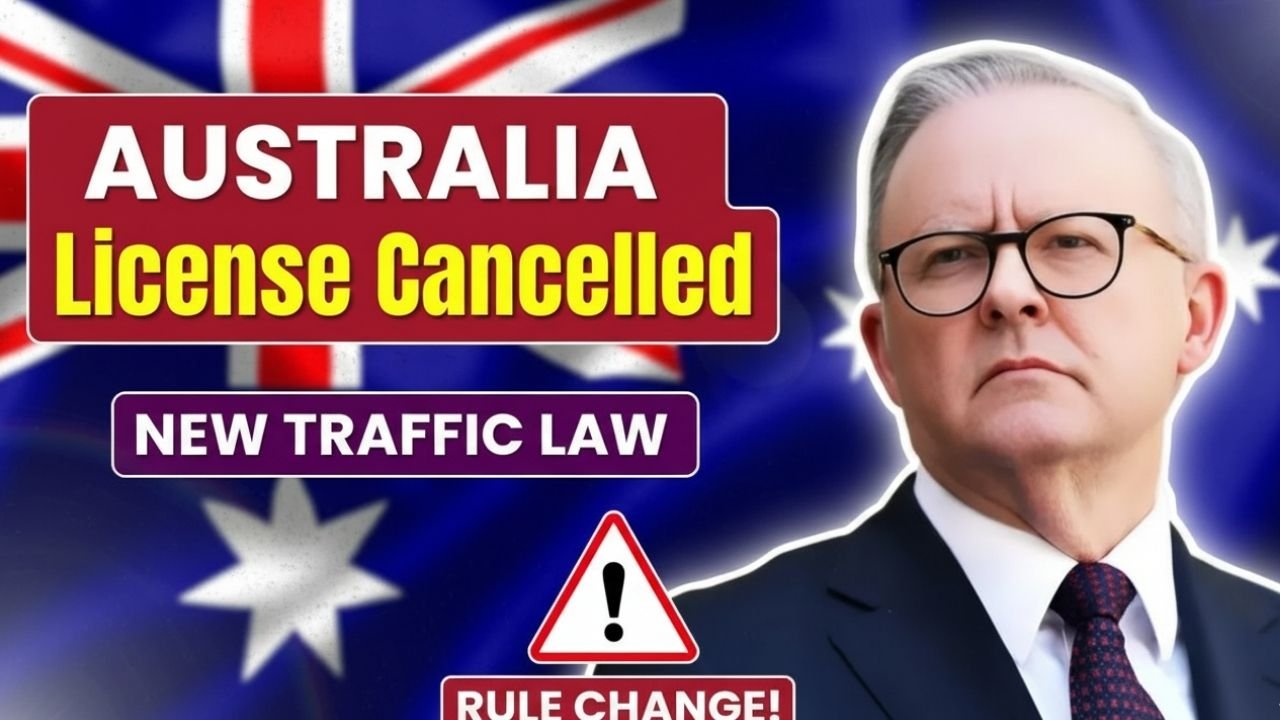Driving in Australia comes with strict laws designed to keep roads safe. Among the toughest penalties is licence cancellation. Unlike a suspension, cancellation strips a driver of their legal right to drive, sometimes permanently. Understanding when and why a licence can be cancelled is essential for every motorist.
What Is Licence Cancellation?
Licence cancellation means your driving licence is declared invalid. Unlike suspension, where you can drive again after the set period, cancellation requires you to reapply for a new licence, often with extra conditions such as medical checks or driving tests.
Grounds for Licence Cancellation
Australian authorities cancel licences in cases of serious breaches. Common reasons include:
- Drink or drug driving offences
- Dangerous or reckless driving
- Excessive accumulation of demerit points
- Repeat traffic violations
- Medical unfitness to drive (often for senior drivers)
- Court orders for high-risk drivers
Suspension vs Cancellation
Many drivers confuse the two, but they are very different:
| Suspension | Cancellation |
|---|---|
| Temporary loss of driving rights | Permanent loss of licence validity |
| Licence is returned after suspension period | Must reapply for a new licence |
| Usually does not require retesting | Often requires retesting and medical checks |
Licence Cancellation for Senior Drivers
In some states, older drivers must undergo medical assessments to confirm they are fit to drive. If a doctor or authority deems them unfit, their licence can be cancelled. This rule exists to protect both the individual and the public from risks related to age-related conditions such as vision loss or slower reaction times.
Consequences of a Cancelled Licence
Having your licence cancelled can affect daily life in many ways:
- Loss of independence and mobility
- Reduced employment opportunities if driving is required
- Fines or criminal charges if caught driving without a valid licence
- Longer and more expensive process to regain driving privileges
How to Get Your Licence Back After Cancellation
If your licence is cancelled, you’ll need to go through strict steps before driving again. These may include:
- Reapplying as if for a new licence
- Passing written and practical driving tests
- Providing a medical fitness certificate
- Completing safe driving or education programs
- Paying all outstanding fines or fees
FAQs on Licence Cancellation in Australia
Q1. How many demerit points can lead to licence cancellation?
Exceeding the demerit point limit within a short period can result in suspension or cancellation, depending on the severity.
Q2. Can senior drivers lose their licence automatically at a certain age?
No. Age alone does not cancel a licence, but medical fitness tests may lead to cancellation if a person is deemed unfit to drive.
Q3. What is the difference between disqualification and cancellation?
Disqualification is a court-ordered period where you cannot drive. Cancellation makes the licence invalid, requiring a new application.
Q4. Can you appeal a licence cancellation?
Yes, in many cases you can appeal through the relevant state tribunal or court.
Q5. Do I need to retake the driving test after cancellation?
Often yes. Most states require a new application with tests, medical checks, and sometimes additional programs.
Conclusion
The Australia Licence Cancellation Rule highlights how seriously the government takes road safety. For drivers, the best protection is simple: follow traffic laws, avoid high-risk behaviour, and stay medically fit to drive. Losing a licence can mean losing independence and opportunities, so staying responsible on the road is always the smarter choice.

